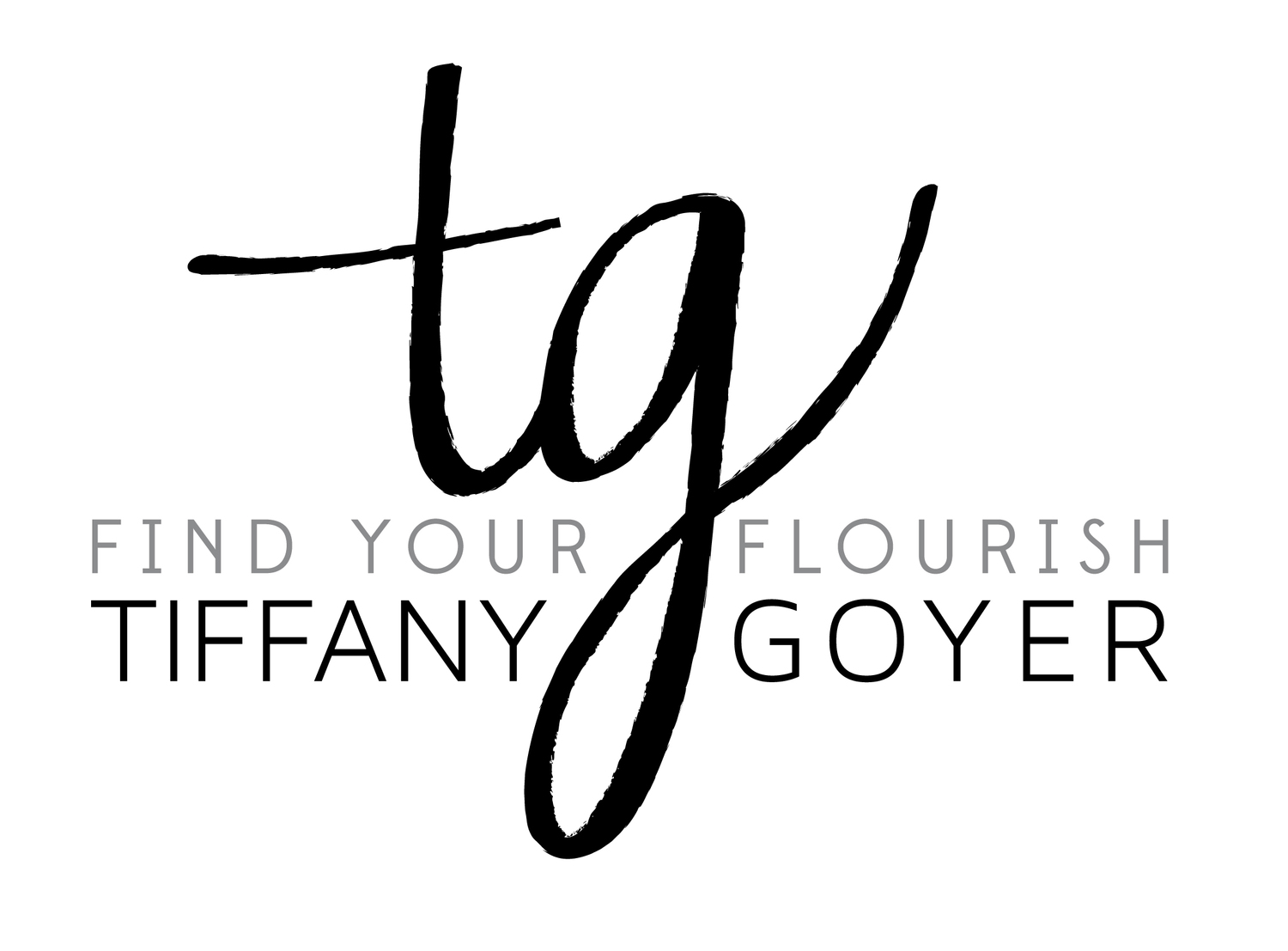It’s always a good time to go back to the basics. If you’ve been around here, you’ve heard me talk about the CTFAR Model (“the Model”), but sometimes using it effectively can get nebulous.
Maybe you’re new to this whole idea, or maybe you’d like a refresher on the foundations of thought work. Either way, I hope these reminders help.
At the core of the Model are the letters CTFAR, which stand for Circumstance, Thought, Feeling, Action, and Result (see example below). It can be used in a lot of ways, but for today, we’re going to focus on writing (or better yet, rewriting) our pasts consciously.
This involves changing the way we think and feel about past circumstances, rather than old, worn narratives that don’t serve us well. It’s about discovering alternative truths that acknowledge how far you’ve come and set you up for success.
Past trauma is just that—PAST. Once you’ve acknowledged the pain, felt all the feelings, and processed it, you can let go. You do not have to continue to be a victim of old baggage in this moment.
Circumstance: Losing a cherished relationship
This C is as old as time itself…heartbreak. You’ve thought about it, felt tons of feelings, rehashed how things went down…over and over. But you don’t always have to think about it in a way that’s traumatic.
If you’re worried about getting close to someone and losing another relationship, that’s totally normal. But if you live there, in constant fear, your thoughts, feelings, and actions can basically cause that to become reality. So it becomes a self-fulfilling prophecy—you’re tense, out of focus, not focusing on enjoying time with this person, and you probably would have low confidence in the situation.
Example of an Unintentional Model:
C: I have a relationship that’s dear to me.
T: What if they pull away and I lose them?
F: Fear
A: Don’t relate interpersonally in a confident way; ruminate about losing them; searching for evidence they could leave you; clinging and not feeling good about it.
R: I could lose my relationship due to fear, stress, worry, holding on too tight.
Example of an Intentional Model:
C: I have a relationship that’s dear to me
T: Things feel good, and I don’t need to worry ahead of time that I will lose them. It serves no purpose.
F: Confidence
A: Look for confirmation of a happy relationship, actively manage my mind around thoughts and feelings, feel comfortable and confident with my partner, enjoy time with them more, improve connection.
R: Prove to myself that I’m good at being in a loving relationship, and I don’t need to fear losing it. I can enjoy life more and know that I will be ok regardless.
If things disintegrate, as they sometimes do, and you lose your relationship with someone special, you’ll deal with it then. It’s not useful at all to pre-worry!
Now it’s your turn. Can you think of a past or current circumstance you’d like to look at in new ways? Try it out using your own C, T, F, A, and R. Now repeat.










